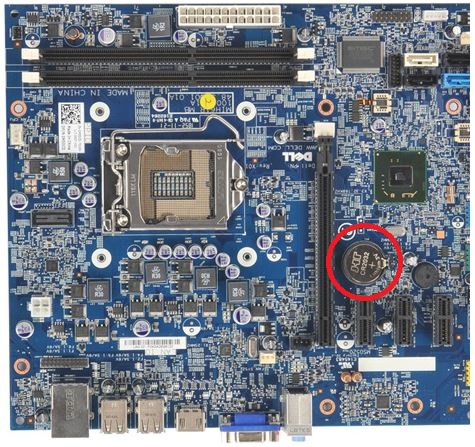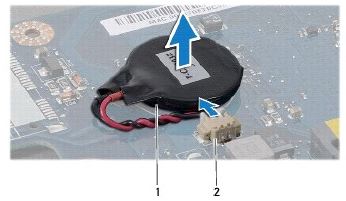How to Reset Your Dell BIOS or CMOS & Clear NVRAM
Summary: Reset BIOS, CMOS, or NVRAM on your Dell system with easy, step-by-step methods to fix boot issues and restore default settings
Instructions
If your Dell computer isn’t starting up right or acting strangely, resetting the BIOS, CMOS, or NVRAM can help. This guide walks you through simple, safe steps to restore default settings and get things working again.
Why You Might Need This
Your BIOS settings control how your computer starts and interacts with hardware. Over time, these settings can get corrupted, especially after a system crash, power surge, or hardware change. Resetting them brings everything back to factory defaults and often fixes boot problems.
How to Reset BIOS Settings from Within BIOS
This is the easiest method if you can access the BIOS screen.
- Turn on your computer.
- As soon as it starts, press F2 repeatedly until you see the BIOS setup screen.
- Look for an option to reset to defaults. Depending on your Dell model, this may be:
- Load Defaults
- Restore Settings
- Pressing F9 or Alt + F
- Select the option, then choose Save and Exit.
- Your system will restart with default BIOS settings.
Load BIOS to defaults
Duration: 00:24
When available, closed caption (subtitles) language settings can be chosen using the Settings or CC icon on this video player.
How to Clear CMOS / NVRAM Using a Jumper (Desktops Only)
This method is great for desktops that don’t respond to BIOS resets.
Note: This also removes any BIOS-level passwords.
- Turn off your desktop and unplug the power cable.
- Remove the side panel of your case (refer to your manual for instructions).
- Locate the PSWD jumper (usually a 2-pin connector) and remove it.
- Find the RTCRST jumper and move the jumper cap there.
- Plug in the power cable and wait for 10 seconds.
- Unplug the power again, move the jumper back to PSWD.
- Replace the case panel and power on your system.
Your BIOS settings will now be reset, and any passwords cleared.

How to Clear CMOS via Battery Reseat (Desktops & Laptops)
Use this method if your system doesn’t have jumpers or if you’re using a laptop.
- Turn off your computer and unplug it.
- If you’re using a laptop, disconnect the battery if possible (check your manual).
- Open the case or access panel to find the small coin-cell battery.
- Carefully disconnect the coin-cell battery.
- Press and hold the power button for 10 to 20 seconds.
- Reconnect the battery and close the case.
- Power on your system.
You’ll likely see a message asking you to set the date and time. Press F2, update the settings, then choose Save and Exit.


How to Use RTC Reset (Newer Desktops Only)
If your Dell desktop was made after April 2020, this method is quick and easy.
- Shut down your computer and unplug the power cable.
- Press and hold the power button for 30 seconds.
- Plug the power cable back in and turn on your system.
This resets the BIOS and clears NVRAM.
Keep Your BIOS Up to Date
Resetting your BIOS can help fix issues, but keeping it updated is just as important. BIOS updates often include improvements for performance, security, and compatibility with new hardware.
Want to check if your system needs an update? Visit the Dell BIOS & UEFI Update Guide for easy steps and helpful tips.
BIOS Corrupted Error
If your computer displays "BIOS Corrupted" or similar error messages, Recover the BIOS using the BIOS Recovery feature.
Helpful Tips
- Always power off and unplug your system before opening it.
- Ground yourself to avoid static damage when touching internal parts.
- After a reset, you may need to set the date and time again.
- BIOS resets won’t affect your Windows login or online accounts.
- If you're unsure, check your Dell computer’s manual.